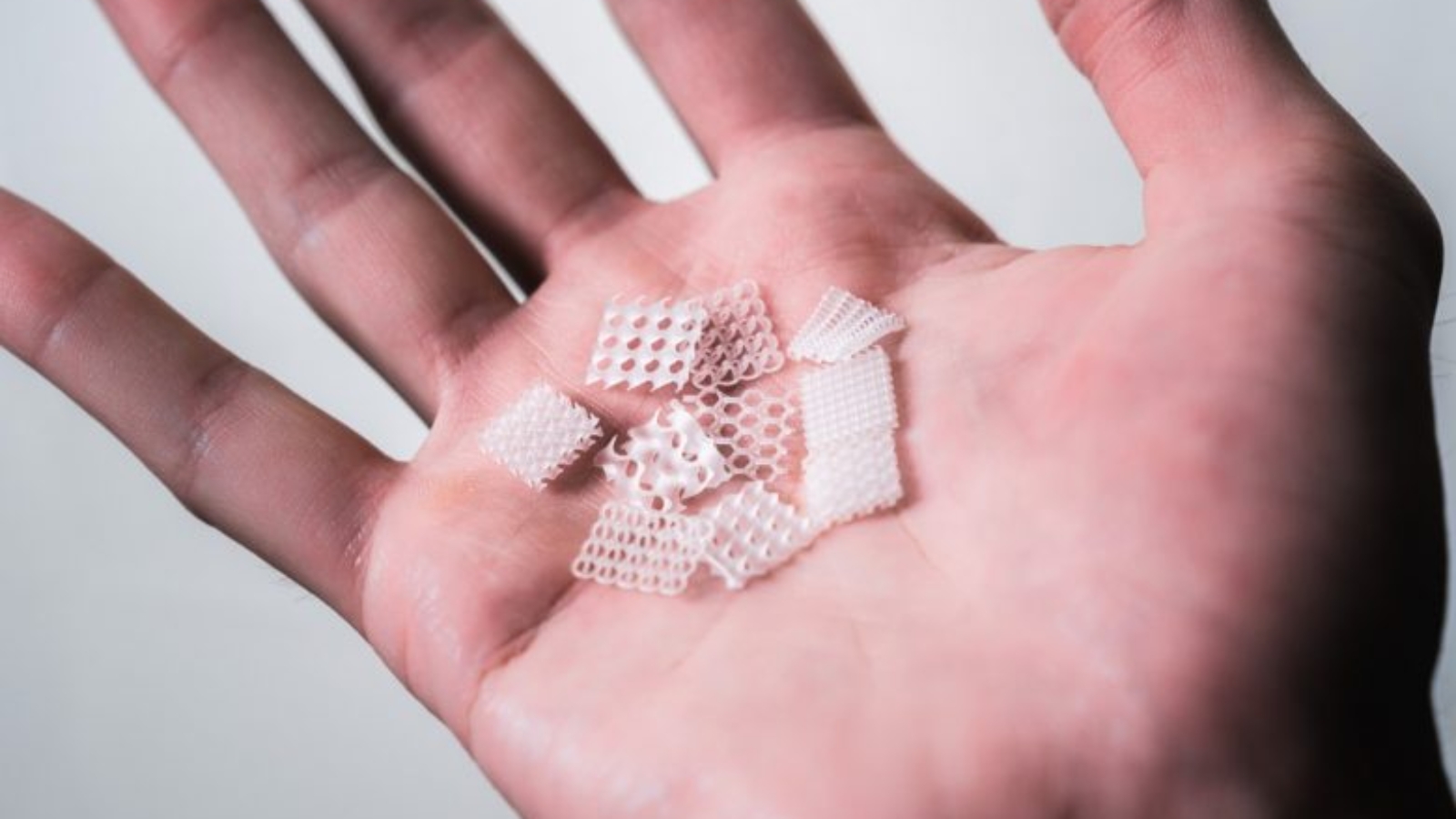Carbon’s developmental bioabsorbable elastomer platform has demonstrated biocompatibility in vivo, with all samples being designated as non-toxic and exhibiting tunable times for full absorption. This latest milestone indicates the elastomer’s potential future development in biomedical lattice applications such as soft tissue repair, wound dressings, and nerve conduits.
The Silicon-Valley based company has made a name for itself as a manufacturer of high-speed photopolymerization 3D printers using durable, reactive materials. The range of Carbon supported resins has continued to increase and now includes more sustainable, up to 40% plant-based materials. This, however is the first biocompatible material for implantation. The developmental bioabsorbable elastomer has reportedly shown impressive mechanical performance, biocompatibility, and tunability. This includes an absorption rate that can be tuned to suit a variety of potential applications, making it versatile for a broad array of medical uses. Additionally, current in vivo studies have demonstrated the required tissue tolerance and desirable healing responses for an implantable device through 26 weeks.

Manufacturing on Demand
Printed bioabsorbable elastomer lattices created using Carbon DLS and the resin hold great promise for potential future development for a variety of biomedical solutions, for example in soft tissue repair. When repairing a tendon that has been torn or thinned, such devices could improve existing collagen-based xenografts and allografts by reducing the inflammatory response, enhancing elasticity and directionality, and improving the consistency of mechanical properties. 
Space-filling applications in soft tissue surgery could also use these implants to fill the site left vacant after the removal of a mass and allow for the ingrowth of natural tissues to minimize deformities. Finally, temporary mechanical support applications could see the absorbable lattice ‘cushions’ be used in a variety of surgeries where tension or compression of the tissues must persist post-surgery in order to minimize leakage or bleeding or to maintain soft tissues in place during healing.
To learn more about novel bioabsorbable implants with elastomeric properties, download the whitepaper here.
You might also like:
Miniature permanent magnets printed by Russian scientists: Permanent magnets remain magnetic field sources for a long period. This property is used in a wide variety of industries and devices, such as the manufacture of modern electric motors, household and computer equipment, and other appliances. Traditional methods of manufacturing permanent magnets only allow for the creation of large products, and usually have two poles – one north and one south.
* This article is reprinted from 3D Printing Media Network. If you are involved in infringement, please contact us to delete it.
Author: Edward Wakefield


Leave A Comment